Porsche 911 GT3 RS Review: Has It Gone Too Far This Time?

Pros
- Incredible chassis and engine comboPossibly the best Porsche ever
Cons
- Not easy to get hold of oneErm, we’re struggling…
I didn't expect perfect track conditions at this time of year, but a big patch of mud and grit spanning the path ahead comes as a surprise. A quick spray of the windscreen later, and I can actually see where I'm going in this Porsche 911 GT3 RS.
It turns out the Monza Rally Show took place here only a few days ago. It uses forest roads, the original Monza banked oval, and bits of the regular circuit, hence all the muck where rally cars have skidded their way from the dirty stuff to the asphalt. Occasionally muddy sections aside, the whole track is greasy, and the ambient temperature well into the single digits, so this isn’t quite going to be a full gas lap.
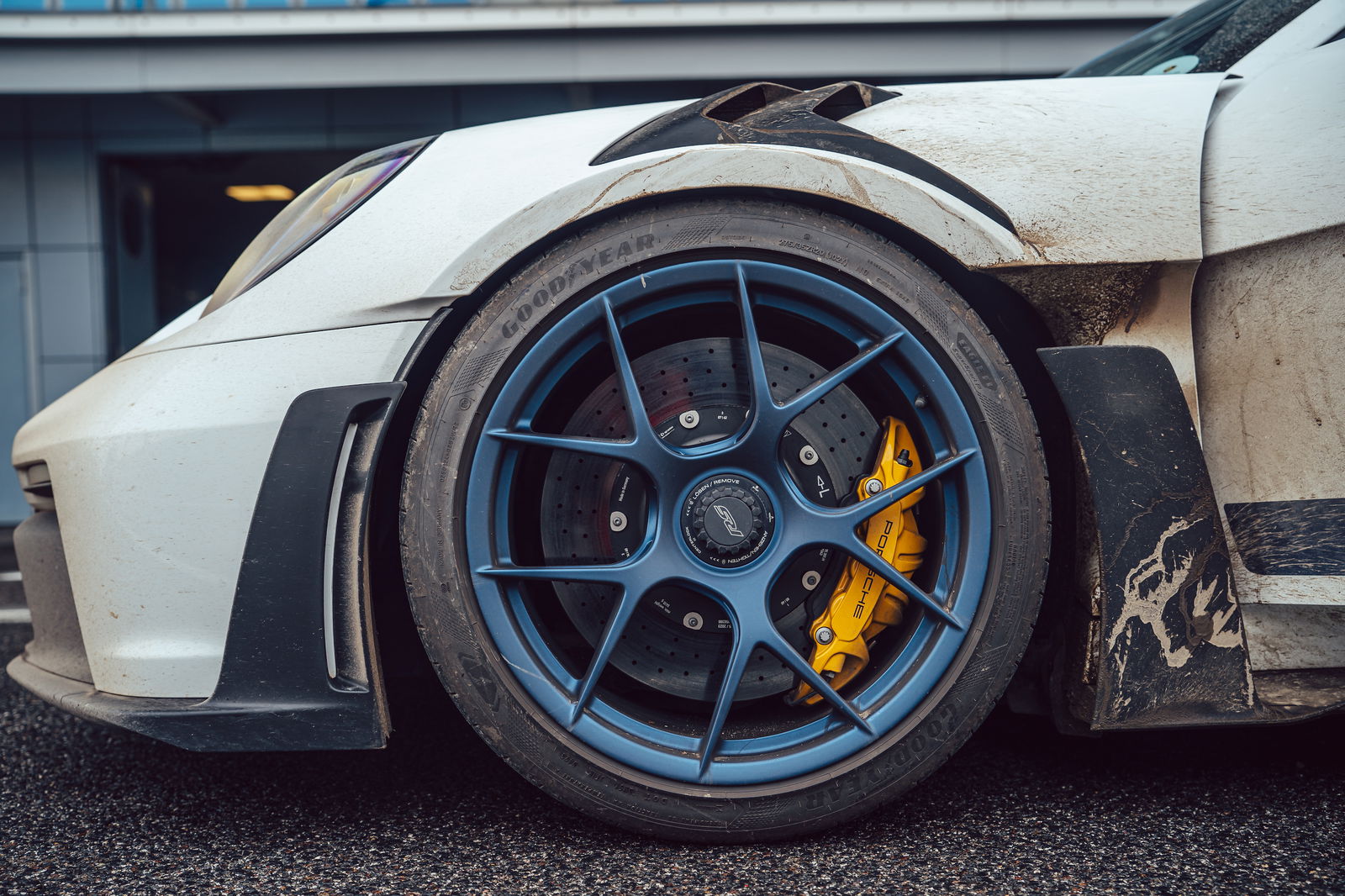
What this opportunity does present, though, is a chance to answer a question I've had since first clapping eyes on the 992 GT3 RS’s bewinged form - has it gone too far? It now looks like a lightly diluted 911 GT3 Cup for the road, which makes you wonder if it's only going to be any good on a bone-dry circuit and if your name's Nick Tandy. Courtesy of this damp track session, the several hours of motorway driving needed to get here from Monaco, where I experienced a slow lap of the Grand Prix circuit in traffic and plenty of twisty road driving in the 3 RS in summer, I have a TL;DR answer to that question: no.
Still here for a more in-depth explanation? Good. It's all about one's preconceptions of the GT3 RS based on the way it looks, versus what it's actually like to drive, which is thoroughly approachable. And yes, a piece of piss to drive in traffic. Monza, you see, is the final stop on a road trip we're on to celebrate the 911’s 60th anniversary. The starting point is Monaco, the slowest current Grand Prix by average speed, and Monza, the fastest. Along with the GT3 RS we have a 911 Dakar, a 911 Turbo S, a 911 Carrera T and a bonus 718 Spyder RS. My first ‘lap’ of Monaco is in the T, the only manual here, so my second go around using the automatic RS, is actually less of a pain in the arse.
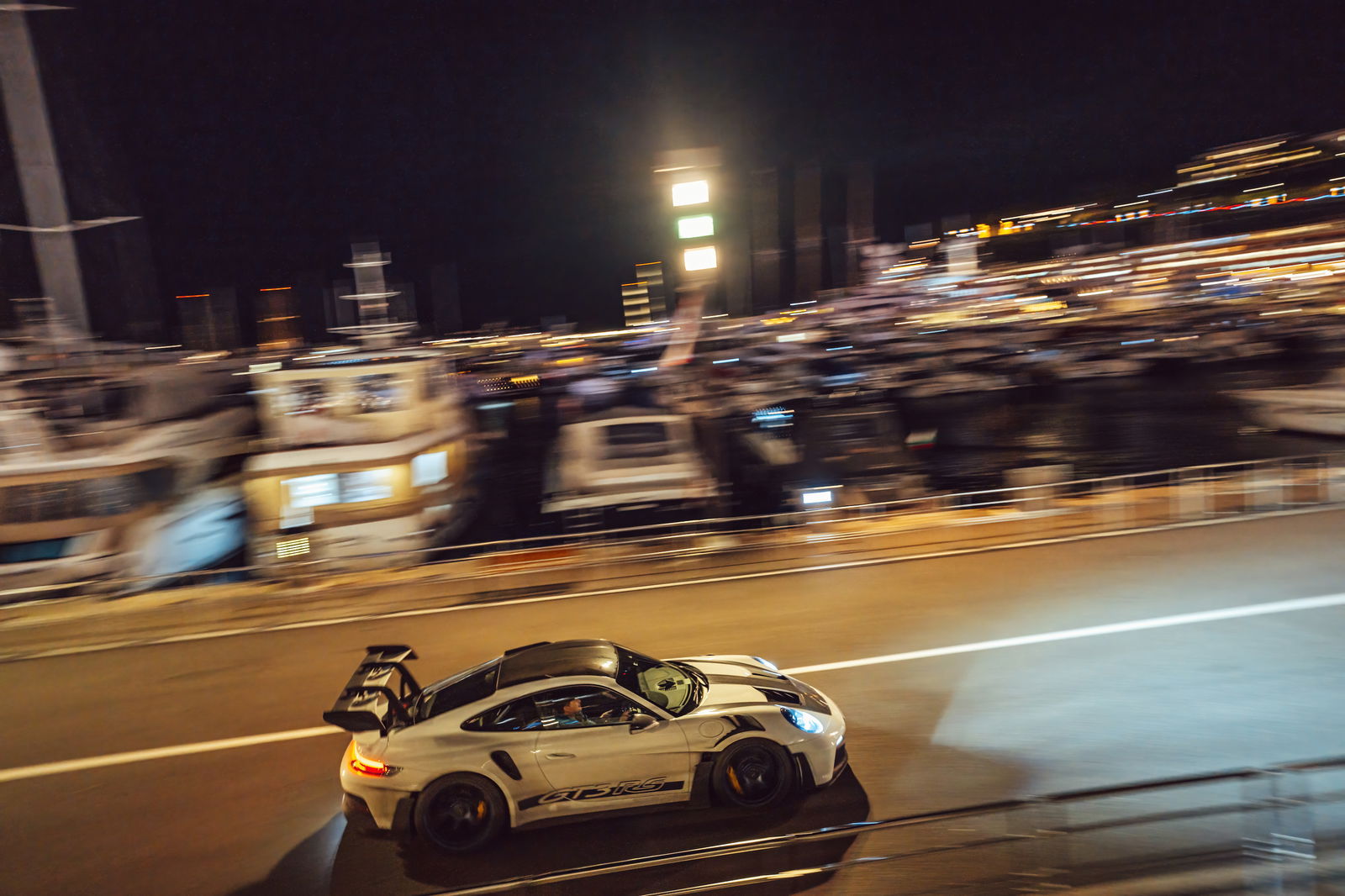
Tracing the course of Monaco is a lengthy process at this time of day - I use the Sport Chrono to time the lap (because why not), and it comes out as about 15 minutes. A far cry from Max Verstappen’s 1:11.365 pole lap in 2023. At a crawl, the seven-speed dual-clutch gearbox can be a bit sluggish to engage, but it's really not an issue. The steering is reasonably light at low speeds, and so far, the ride comfort seems perfectly acceptable.
The next day, the car's firm nature is a little clearer, with the joins in the road surface of certain chunks of Italian autostrada proving rather conspicuous, but for the most part, I'm perfectly comfortable. The ride is busy, but never crashy. The steering is also very active, as I've previously found during my country road stint in the 3 RS a few years ago.
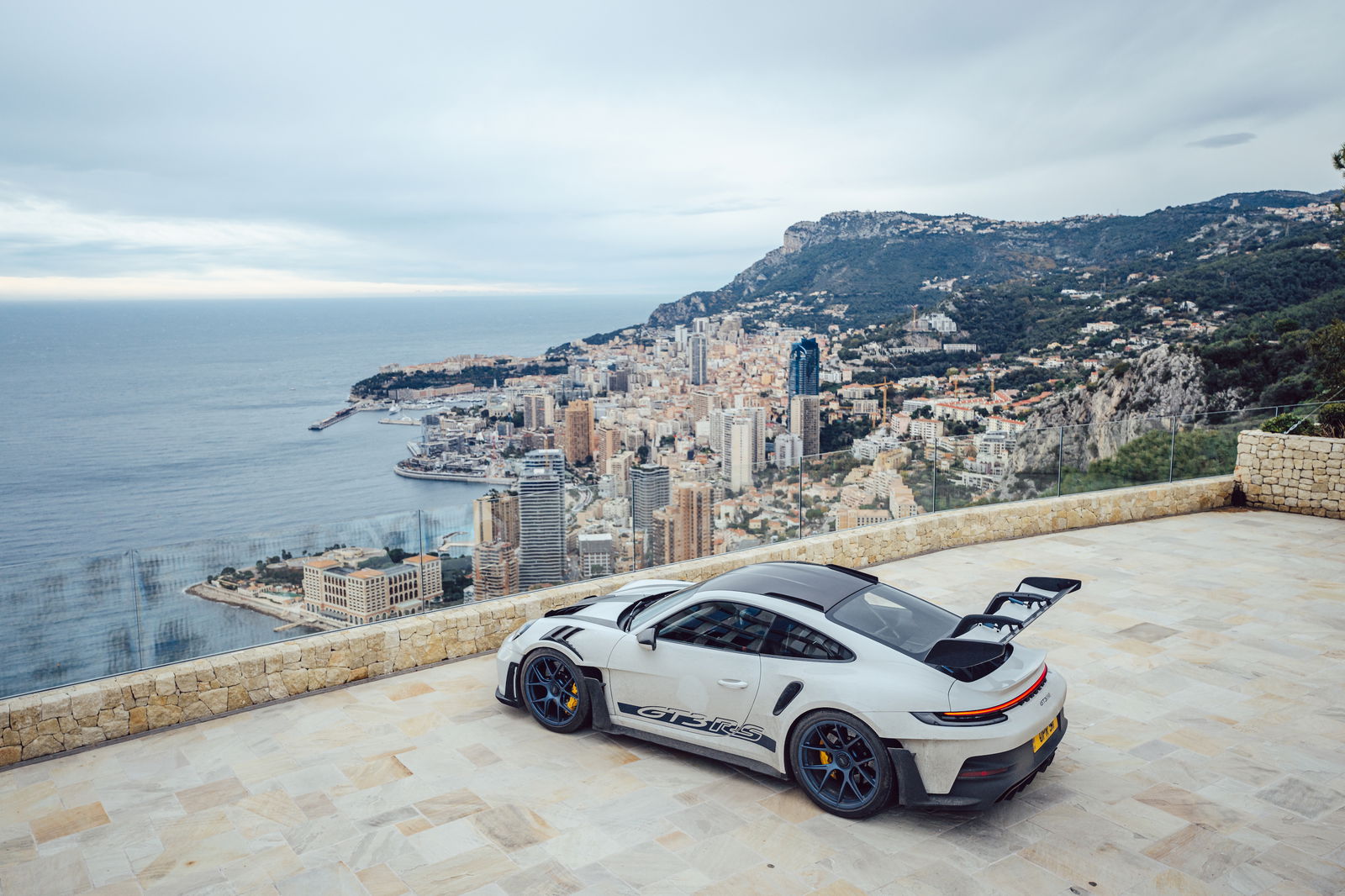
The aggressively set-up front end (now featuring double wishbones, as per the standard GT3) means there's a fair bit of kickback through the steering wheel, and you really have to be on it as the car appears to hunt out every change in camber on the road surface. But it's perfectly manageable, not to mention incredibly exciting, and thoroughly engaging.
Meanwhile, the 518bhp output, which seems modest compared to something like the 740bhp McLaren 750S, is a joy to deploy on the road. You can keep your foot down for a few seconds without doing silly speeds, and the noise is addictive. There’s that characteristic howl in the mid-range, transitioning to a scream as the 8,000rpm redline is reached.
The journey to the northern reaches of the engine begins again swiftly after that point, such is the brutally efficient nature of the gearbox. And, of course, with no turbochargers sullying proceedings, the throttle response is immediate.

Reaching Monza, it’s time to think about setup, which involves twiddling the intimidating array of knobs dotted around the steering wheel. There are three overarching modes for the car - Normal, Sport and Track - which sounds ordinary enough, but opting for Track mode opens up all sorts of additional options.
There are nine different settings for the compression and rebound of both the front and rear dampers, for a start. You can also pick the locking percentage for the electronically-controlled limited slip differential (and for both on and off throttle), choose either a high or low downforce setting which in turn fiddles with the F1-style drag reduction system (DRS) and decide which one of eight different traction control settings you fancy using. Crikey.
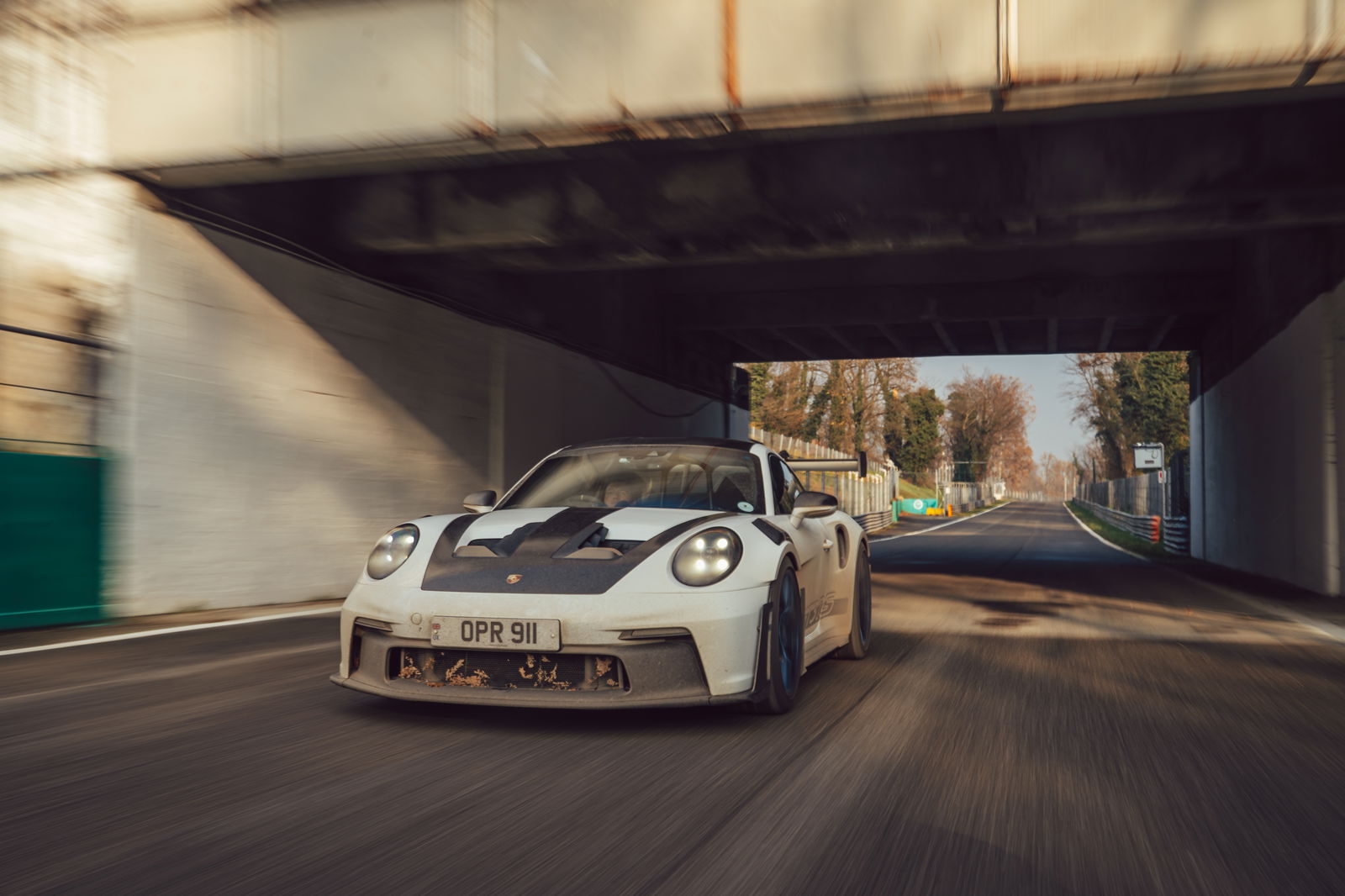
The thing is, it’s entirely up to you how involved you get. If you want to get into the minutiae, you absolutely can, but if you don’t, I’m not sure you’re missing out on much. By leaving all the compression/rebound settings and the diff stuff in the default settings, the GT3 RS feels mega. This being Monza, at least, we’ll at least make the effort to select Low Downforce and leave the traction control fully up, given the greasy conditions.
On a smooth track, even one far from dry and with occasional muddy patches, the GT3 becomes less frenetic, with no tarmac imperfections or dodgy camber changes for the aggressive front end to go hunting for. And even in track mode with a slippery surface to contend with, it’s not as intimidating as I thought it might be.
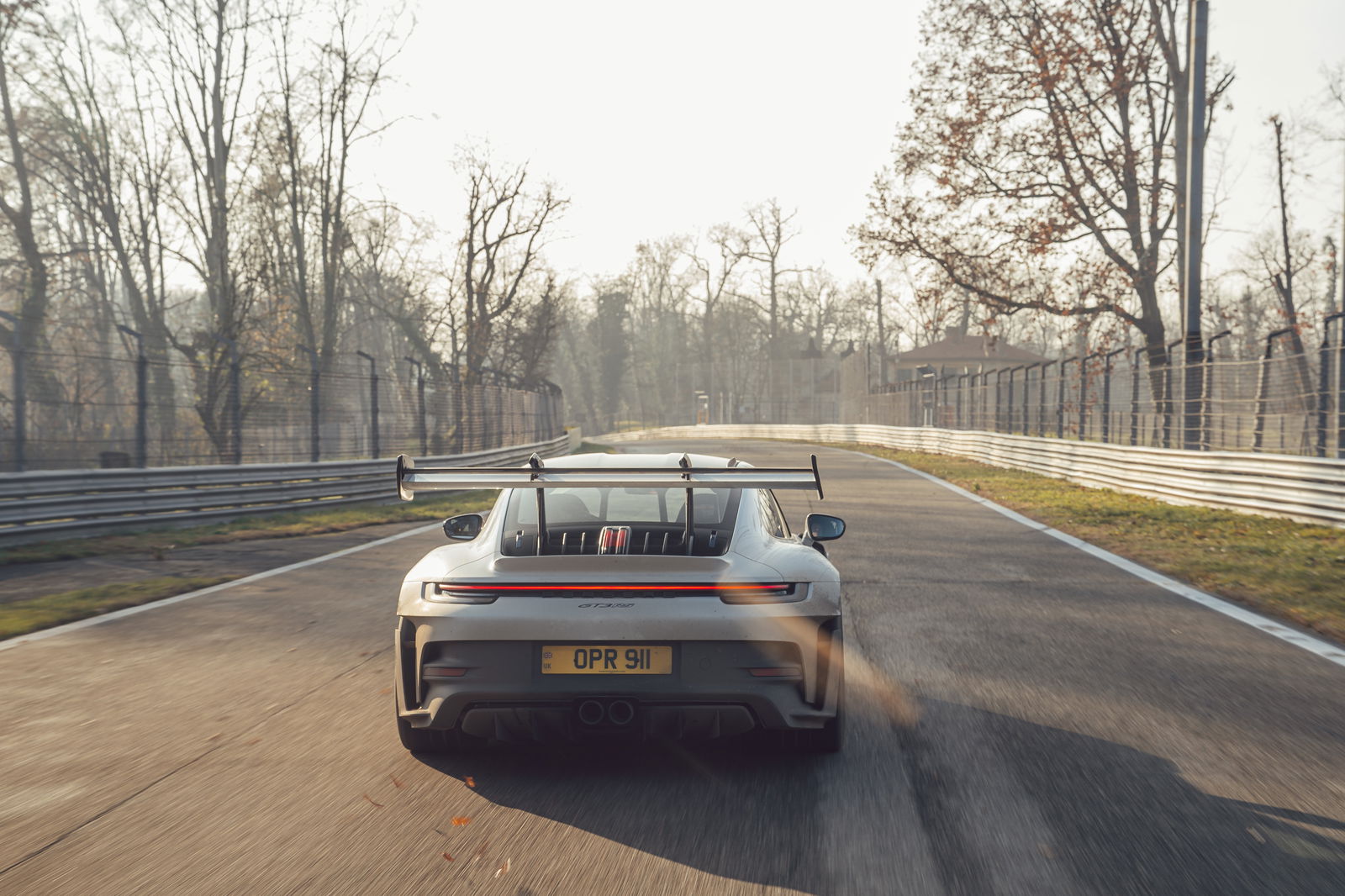
A well-engineered traction control system helps - it quickly and efficiently steps in when things get loose at the rear, but it doesn’t then slap down your progress for a frustrating few seconds as is often the case with other performance cars. It simply makes sure you aren’t about to spin backwards into an Armco barrier, then promptly disappears back into the background.
The TC isn’t the only reason the RS is so easy to get on with at track speeds - there’s also the communication to consider. As a car that lets you know exactly what it’s up to not just through the feedback through the steering wheel but also the chassis through your buttocks, the 3 RS is unparalleled.

On the straights, it lacks the shock and awe of turbocharged rivals, but it’s still plenty fast, easily blitzing past the 150mph mark down the start/finish straight on the way to the Variante del Rettifilo chicane, even after a relatively considered exit of Curva Parabolica owing to the shoddy conditions. And, of course, the noise filling the cabin as the GT3 RS makes its way there is astonishingly good.
I’m in mind of a drive I had in a 911 GT3 Cup car a few years ago. It was a difficult car to drive quickly, and one that would bite hard if you weren’t careful - in my case, by not accounting for the lack of ABS quite successfully enough, locking the rear wheels and spinning (thankfully onto a tarmac runoff area). I’m thinking about that experience not because the GT3 RS feels similar, but more because it’s entirely different. Yes, the GT3 RS looks bonkers and seems ridiculously complicated on the face of it, but it’s a far friendlier proposition than it looks.
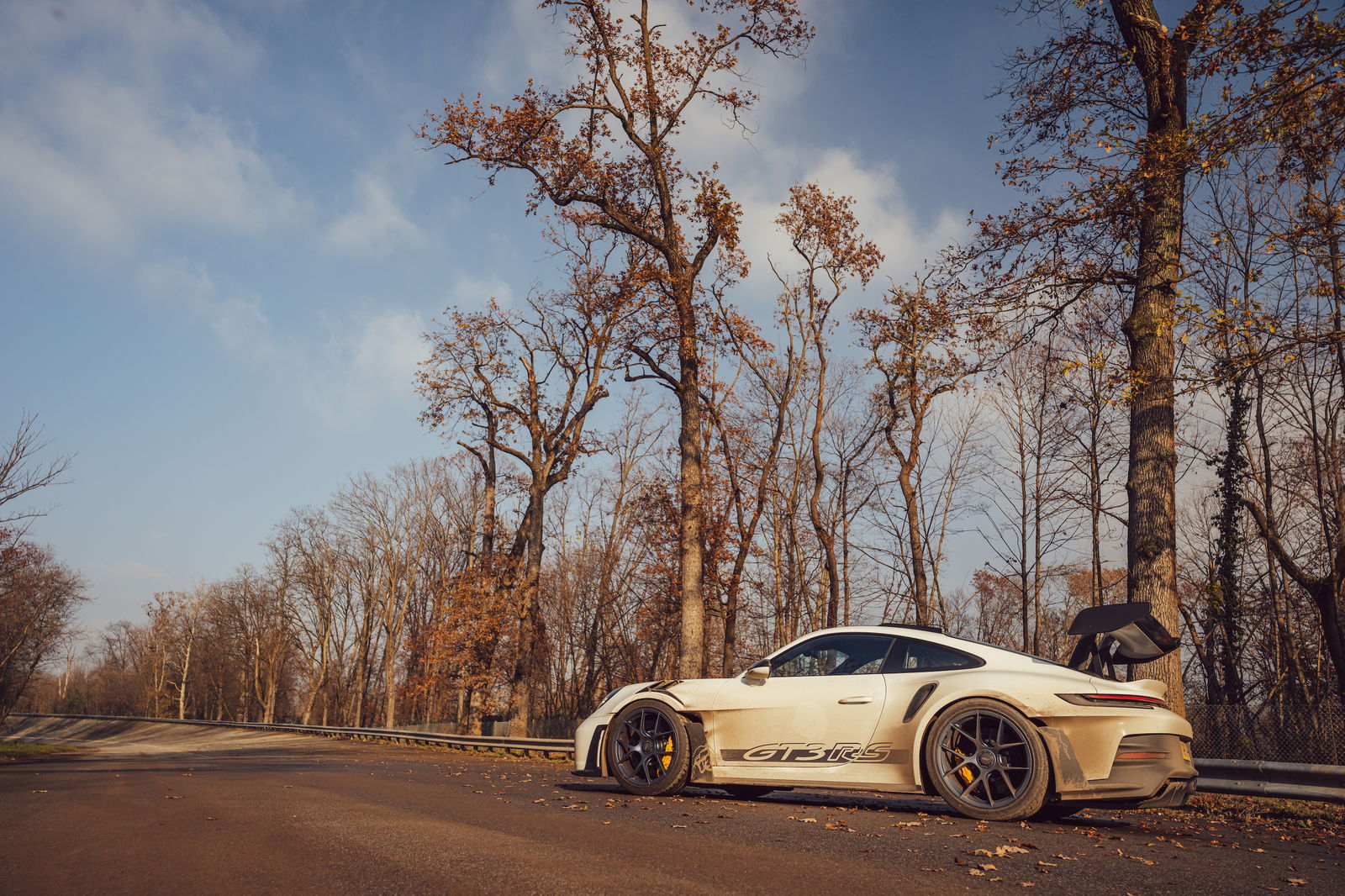
We shouldn’t be surprised that the GT3 RS doesn’t feel like a racing car for the road - a mass(ish)-produced performance machine that has to comply with various regulations was never going to. But it is a surprise to find out just how approachable it is, on the road or the track. It’s not even Porsche’s most extreme road car - that prize goes to the less comfortable 718 Cayman GT4 RS with its noisier cabin that’s great when you’re in the mood, but a bit annoying when you’re not.
It’s one of, perhaps the best cars Porsche has ever made. And with the way regulations are going, quite possibly the best it will ever produce. Then again, you wouldn’t want to bet against the firm’s engineers pulling off another miracle when it’s time for this car to be replaced, given what’s been achieved here.
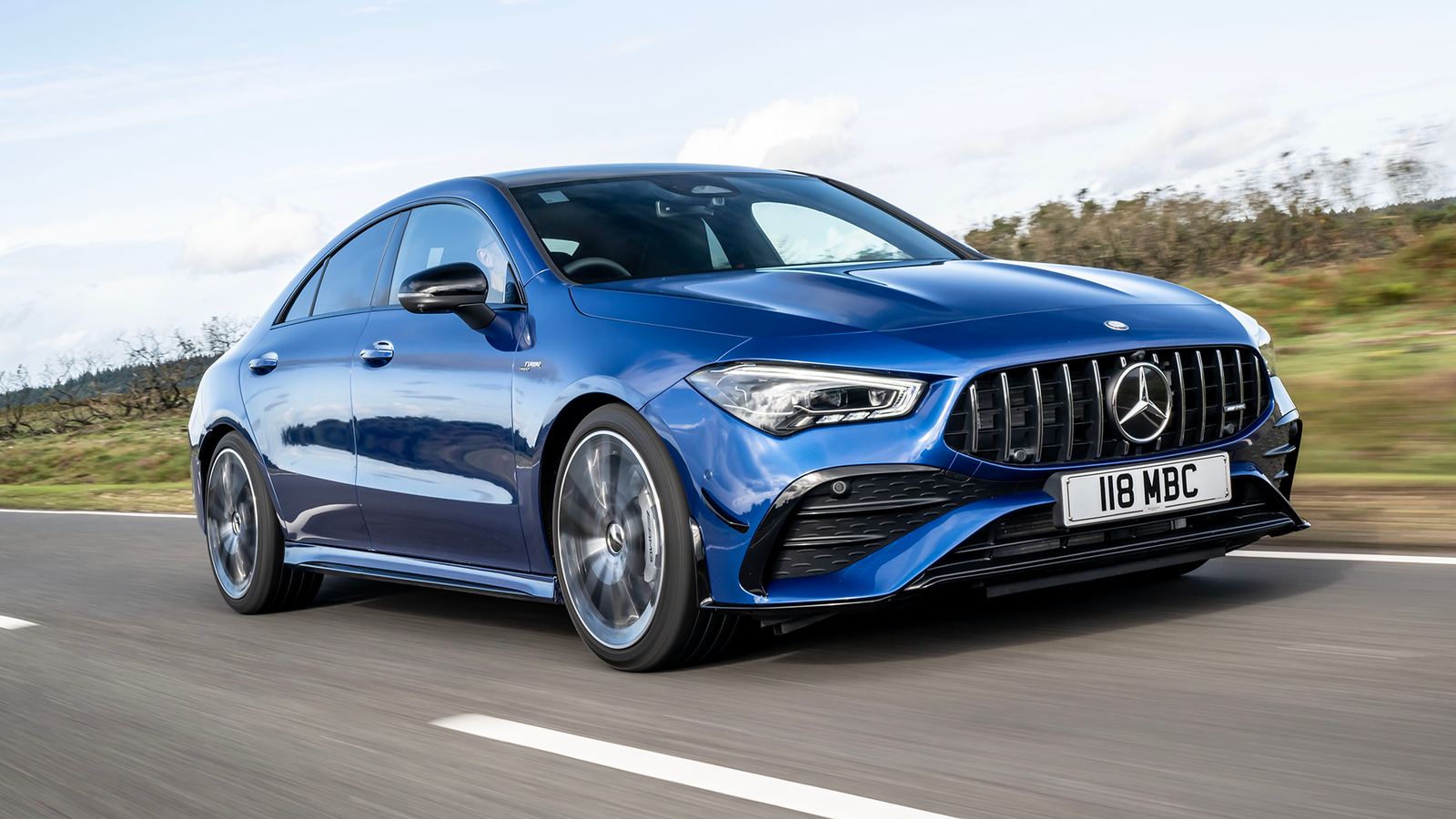


Comments